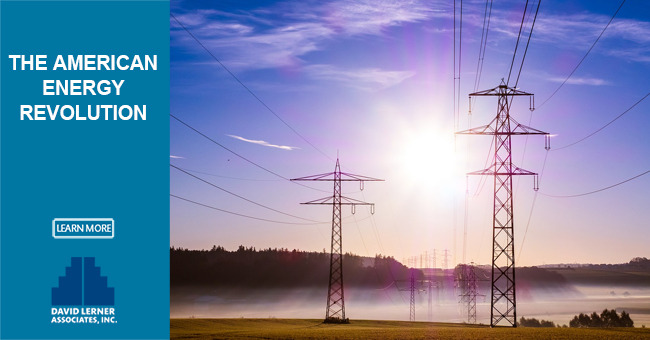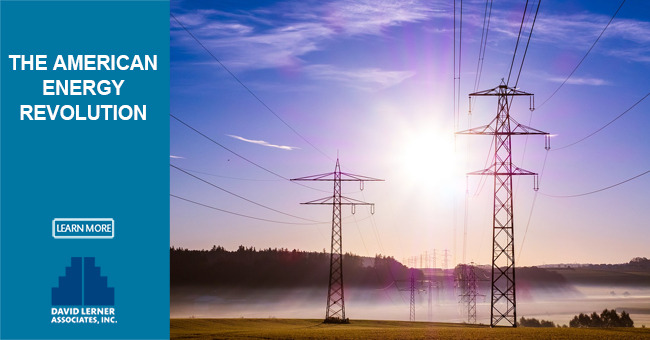
The American Energy Revolution

For anyone who’s been paying attention to the energy industry lately, you may have noticed that the U.S. is producing much more crude oil today than it was just eight years ago. And even though past performance is no guarantee of future results – since 1983, nearly every time the price of oil has gone down – it has recovered.
But there’s an ongoing shift in the tectonic plates of the energy industry. America is the world’s leading producer of oil and natural gas, and that is delivering major benefits to U.S. families and businesses. Production increases have ensured a steady supply of affordable, reliable energy, helping drive down prices for gasoline, electricity, and home heating. Carbon emissions have also dropped – to near 20-year lows – thanks to abundant supplies of clean-burning natural gas.
Major corporations and investors are pouring money into the energy industry, specifically shale production. As a result of the Trump Administration, rules that have imposed restrictions on the energy business are being lifted. The economy typically grows as a result of deregulation and tax cuts. The need for more energy is closely related to economic growth.
According to the Energy Department, at least 2 million oil and natural gas wells have been hydraulically fractured in this country, including up to 95% of new wells that account for more than 43% of U.S. oil production and 67% of its natural gas production.
And despite some environmentalists’ concerns, the science is now clear — fracking technology’s 65-year track record of success and safety continues to be reaffirmed by studies that show no impact on groundwater.
The University of Cincinnati recently completed a three-year study in which researchers examined water samples three to four times per year from 23 wells in the Utica shale region. The study found no evidence linking fracking to groundwater contamination.
These studies are consistent with the EPA’s landmark five-year $31 million study that “did not find evidence that these mechanisms have led to widespread, systemic impacts on drinking water resources in the United States.” The EPA’s exhaustive study includes more than 950 sources of information, published papers, technical reports, and contributions from stakeholders and peer-reviewed EPA scientific reports.
As a nation, the U.S. is at the precipice of a major step forward. Technology now exists to capitalize on energy technology that was not available only a few years ago. Not only that, but America is on a path to energy independence. The U.S. Energy Information Administrations (EIA) estimates that energy imports and exports come into balance around 2025.
IMPORTANT DISCLOSURES
Material contained in this article is provided for information purposes only and is not intended to be used in connection with the evaluation of any investments offered by David Lerner Associates, Inc. This material does not constitute an offer or recommendation to buy or sell securities and should not be considered in connection with the purchase or sale of securities.
To the extent that this material concerns tax matters, it is not intended or written to be used, and cannot be used, by a taxpayer for the purpose of avoiding penalties that may be imposed by law. Each taxpayer should seek independent advice from a tax professional based on his or her individual circumstances.
These materials are provided for general information and educational purposes based upon publicly available information from sources believed to be reliable– we cannot assure the accuracy or completeness of these materials. The information in these materials may change at any time and without notice.
David Lerner Associates does not provide tax or legal advice. The information presented here is not specific to any individual's personal circumstances. Member FINRA & SIPC

